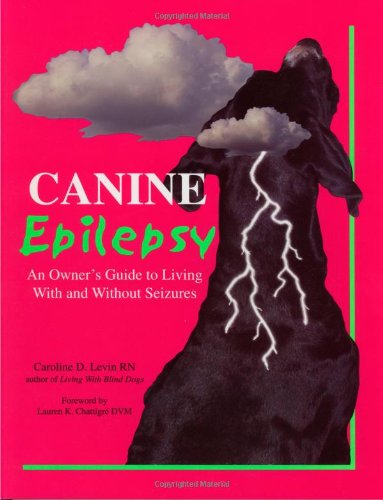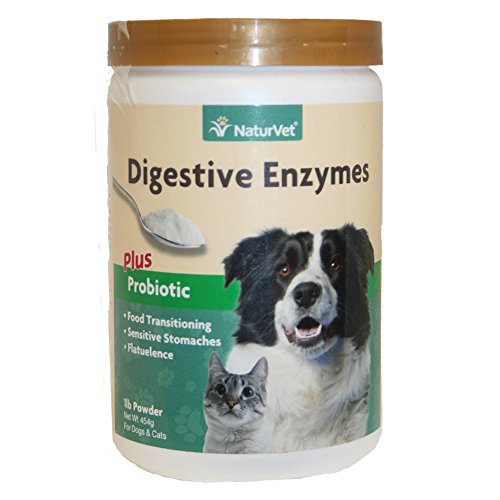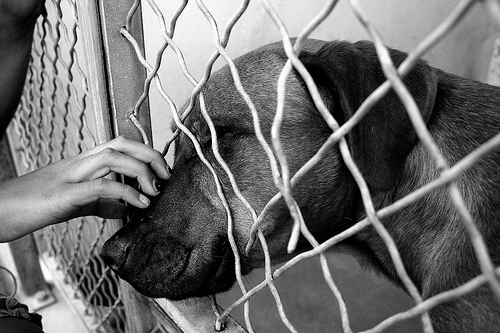
Although most animals do not have day jobs or have the need to read road signs, their vision is an important part of their ability to sense their environment. Their ability to get around the house, catch a tennis ball, or watch the squirrels through the window can be an important part of their daily activities. For dogs that do have day jobs, vision may be one of their most important assets. It is therefore important to treat any abnormalities of the eye with as much prudence as you would treat any other health concerns.
When it comes to diseases of the eye, time is often of the essence. A disease process, such as glaucoma, can change dramatically within the span of a few hours.
Unlike treating some of the more benign disorders, such as itchy skin, there is often less room for error in treating progressive eye diseases. As a result, a visit to the veterinarian is in order when a problem with the eye is suspected.
A full history of your pet is the first thing your veterinarian will ask you to provide. When did the problem start? What is the first abnormality you noticed? Have there been any changes in lifestyle recently? Are there any incidents of trauma that you can recall? Has your pets had any health issues (eye-related or not) in the past? All these questions can help narrow down the problem.
Next, your veterinarian will perform an ophthalmological exam. All areas of the eye will be assessed, including the eyelids, conjunctiva, lens, iris, and retina. An assortment of specialized tests will check your pet’s tear production, intraocular pressure (pressure within the eye), visual capabilities, and corneal integrity. If a diagnosis cannot be reached, a referral to a specialist may be recommended for further testing. Ophthalmologists often have more sophisticated instruments to aid in diagnoses, such as an ocular ultrasound and electroretinogram (ERG) machine to test visual capabilities.
The most common eye-related complaint to the veterinarian is a “red eye”. Unfortunately, there are many reasons that an eye can appear red, some more serious than others. A full ophthalmological exam is imperative to differentiate the different causes, as well as determining the most appropriate course of treatment.
The term “conjunctivitis” refers to inflammation of the conjunctiva (the loose pink connective tissue around the eye). It is usually a mild disease with many possible causes. Symptoms are usually a red eye with some degree of discharge, ranging from clear and runny to a thick yellow/green colour. One of the most common causes of conjunctivitis is allergies due to environmental irritants such as pollen or dust. Bacterial conjunctivitis is also common, but usually secondary to other problems. Viral conjunctivitis is seen mainly in cats infected as kittens with a Herpes virus. Most cases are straight forward to treat, although chronic infections can occur depending on the nature of the cause.
Inflammation of the cornea, referred to as “keratitis”, has many causes and can present itself in many ways. The cornea is composed of four different layers sandwiched together, forming a protective barrier no more than 1mm thick. The cornea receives nourishment externally from the tears and internally from a fluid called the aqueous humor. Although the cornea is a strong structure, direct trauma can abrade the surface and allow potentially harmful organisms to carve out a crater, resulting in an ulcer. Trauma can range from a penetrating injury, such as a cat scratch, to the constant rubbing of abnormally directed eyelashes. Tears play an important role in healing the surface of the cornea. As a result, animals with low tear production or eyes that do not accommodate the proper closing of the eyelids, are at a higher risk of developing ulcers. For example, dog and cat breeds that have protruding eyes (e.g. Shih Tzu, Pug, Persian) are at greater risk of developing corneal ulcers. The inflammation caused by the ulcer is painful and can increase the size of the blood vessels around the eye, giving it a red appearance. Cases that cannot be treated with aggressive medical therapy must be referred for surgery. Left untreated, the ulcer can work its way through the entire cornea in very little time and perforate the eye.
Another disease of the cornea leading to a red eye is a condition called Keratoconjuncitivitis Sicca (KCS or “dry eye”). This is, in fact, a disease of the lacrimal gland which produces a portion of the tears. Tear film is composed of three parts: a mucous layer, a water layer, and a lipid (fat) layer. The water layer comprises 95% of the tear film, and the lacrimal gland is responsible for 70% of this. When the gland is not functioning properly, tear production falls drastically and the condition is referred to as KCS. Symptoms include: a red eye, mucoid discharge from the eye, squinting of the eye, and/or a dry look to the cornea.
The uvea is the vascular layer of the eye, with layers of blood vessels throughout. There is a barrier between the body’s circulation and inside of the eye, called the blood-aqueous border. The cells that make up the vessels in the eye are tightly bound together and do not allow any large particles into the fluid known as the aqueous humor. When the blood vessels in the uvea become inflamed, this is known as uveitis. The barriers, maintained by the blood vessels, break down and allow inflammatory chemicals and cells into the eye. Symptoms include: a red eye, squinting and severe pain, excessive tearing, and/or a protruding third eyelid. Again, there are numerous causes, including trauma (penetrating foreign body, corneal ulceration, recent surgery within the eye), pathological organisms (viruses, bacteria, parasites), autoimmune disease, cancer, and many others. A full history and careful examination may help to pinpoint the cause of uveitis. Treatment is required immediately to prevent permanent damage to the eye.
The eye can be thought of as a sink, with fluid being produced but also drained at the same rate. The pressure within the eye is maintained at a constant equilibrium, fluctuating minimally depending mostly on the animal’s blood pressure at the moment. The aqueous humor, a fluid at the front part of the eye, is produced by a structure called the ciliary body. This fluid circulates, provides nutrition to the cornea, removes waste, and then drains out of the eye at the iridocorneal angle. Two abnormalities can therefore increase the pressure within the eye: and increase in aqueous production or a decrease in outflow.
Glaucoma refers to a condition where the intraocular pressure increased above a threshold. It is more often a symptom of another underlying condition rather than a primary disease itself. Signs of glaucoma can vary, but most often the conjunctiva is red, the eye enlarged and painful, the pupil is dilated, and the cornea may have a white/blue tinge to it. It is wise to seek veterinary attention as soon as possible if glaucoma is suspected, as even a few hours can change the prognosis. Aggressive medical therapy can help stabilize the pressure within the eye for a longer period of time. Ultimately, however, the intraocular pressure in an eye with glaucoma will increase despite medical treatment.
There are many other causes of an apparently red eye not listed here, including abnormalities of the third eyelid and eyelid tumors. Any concerns should be brought to the attention of your veterinarian as quickly as possible. The eyes are a delicate organ that requires prompt attention when affected with disease. Mild conditions can often be treated easily with a full recovery. In more serious diseases, lifelong therapy may be required. Animals adapt well to reduced visual ability, but if there is a chance to save even minimal vision, it is well worth the effort.
By Beverly Wong – Pets.ca writer
 Is a Standard Poodle the Right Dog for You?
Is a Standard Poodle the Right Dog for You?
 Seizures in Dogs, Canine Seizures
Seizures in Dogs, Canine Seizures
 3 Tips to Stop your Dog from Pulling on the Leash While Walking and Keep Your Arms in Their Sockets
3 Tips to Stop your Dog from Pulling on the Leash While Walking and Keep Your Arms in Their Sockets
 Sarcoptic Mange and Mange in Dogs and other Canine Diseases Humans Can Get
Sarcoptic Mange and Mange in Dogs and other Canine Diseases Humans Can Get
 How To Train Your Puppy The Right Way
How To Train Your Puppy The Right Way
 Are Choke Collars Safe?
Are Choke Collars Safe?
 Canine Nutrition and Wellness Part 3: To Give or Not to Give Your Dog Supplements?
Nowadays, if you browse the
Canine Nutrition and Wellness Part 3: To Give or Not to Give Your Dog Supplements?
Nowadays, if you browse the
 7 Questions To Ask A Shelter Worker When Adopting A Dog
7 Questions To Ask When Adopting A Dog From A Shelter
Shel
7 Questions To Ask A Shelter Worker When Adopting A Dog
7 Questions To Ask When Adopting A Dog From A Shelter
Shel
 Designer Dog: Havachon
Credit: SuzyQinOrlando
Designer Dog: Havachon
Credit: SuzyQinOrlando
 Dog Pregnancy
After a dog gives birth, mos
Dog Pregnancy
After a dog gives birth, mos
 How to Get Rid of Dog Smell in Your Home
As a pet lover, I have a dog
How to Get Rid of Dog Smell in Your Home
As a pet lover, I have a dog
Copyright © 2005-2016 Pet Information All Rights Reserved
Contact us: www162date@outlook.com